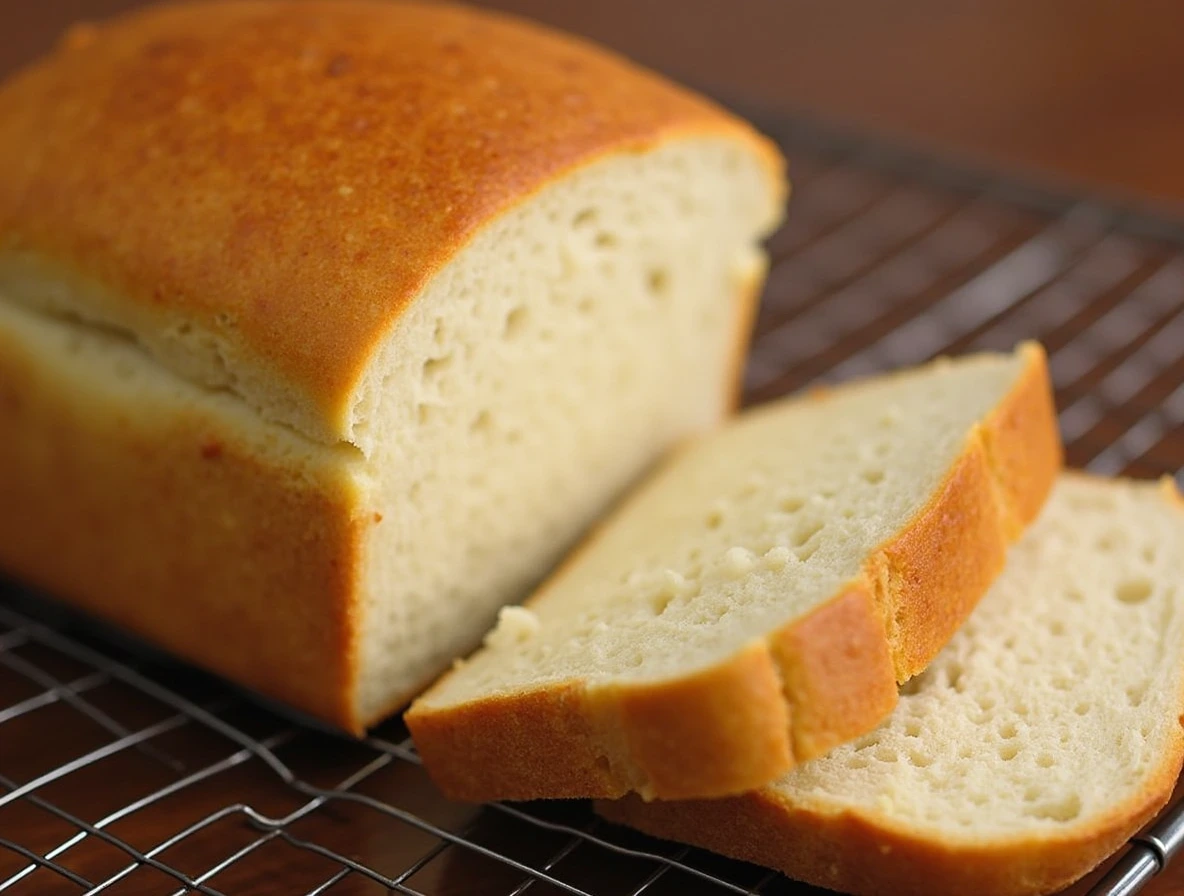🔍 Bread Flour vs. All-Purpose Flour: 3 Key Differences! 🍞
Table of contents
Table of Contents
When it comes to baking, one of the most important decisions you’ll make is choosing the right flour. It might seem like a small thing, but your flour choice can have a big impact on the final product. Whether you’re baking a crispy baguette, a fluffy loaf, or a tender cake, knowing the difference between bread flour and all-purpose flour is essential.
In this article, you’ll discover the 3 key differences between these two popular flours and why each one works best in certain recipes. Whether you’re a beginner baker or a seasoned pro, understanding these differences will help you make the right choice and bake with confidence. Let’s dive in!
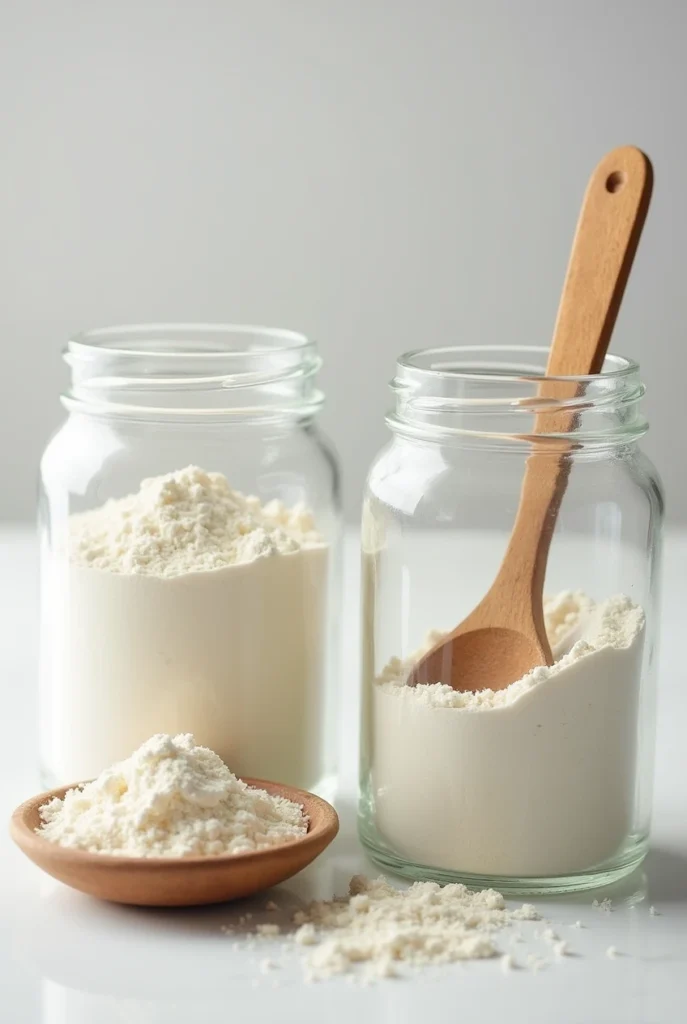
What Is Bread Flour? 🍞
Bread flour is a high-protein flour that’s primarily used in baking breads and other yeast-based goods. It contains around 12-14% protein, which is higher than all-purpose flour (which has 8-11% protein). The protein in yeast bread contributes to the development of gluten, the substance responsible for giving bread its chewy texture and structure.
When you mix bread flour with water and knead the dough, the gluten proteins form long, elastic strands that trap the carbon dioxide released by yeast. This process helps bread rise properly and gives it that perfect chewy texture. So, when you’re making yeast breads, pizza dough, or bagels, yeast bread is your best friend.
Key Differences Between Bread Flour and All-Purpose Flour 🍞
1. Gluten Content – Why It Matters for Bread 🍞
Gluten is a protein that plays a crucial role in baking, especially for bread. It’s responsible for the structure and texture of your dough, and different types of flour contain different amounts of it.
- Bread flour has a higher gluten content (12-14%) compared to all-purpose flour (8-11%).
- This difference in protein is what gives yeast bread the elasticity it needs to form a sturdy dough that rises properly.
Why does this matter for your bread?
The higher protein in bread flour helps create a stronger gluten network, which results in a chewier texture and better rise. So, if you’re making bread that needs to be dense, firm, and airy, yeast bread is the right choice.
On the other hand, all-purpose flour is more versatile, making it a better option for cookies, cakes, and other baked goods that don’t require a chewy texture.
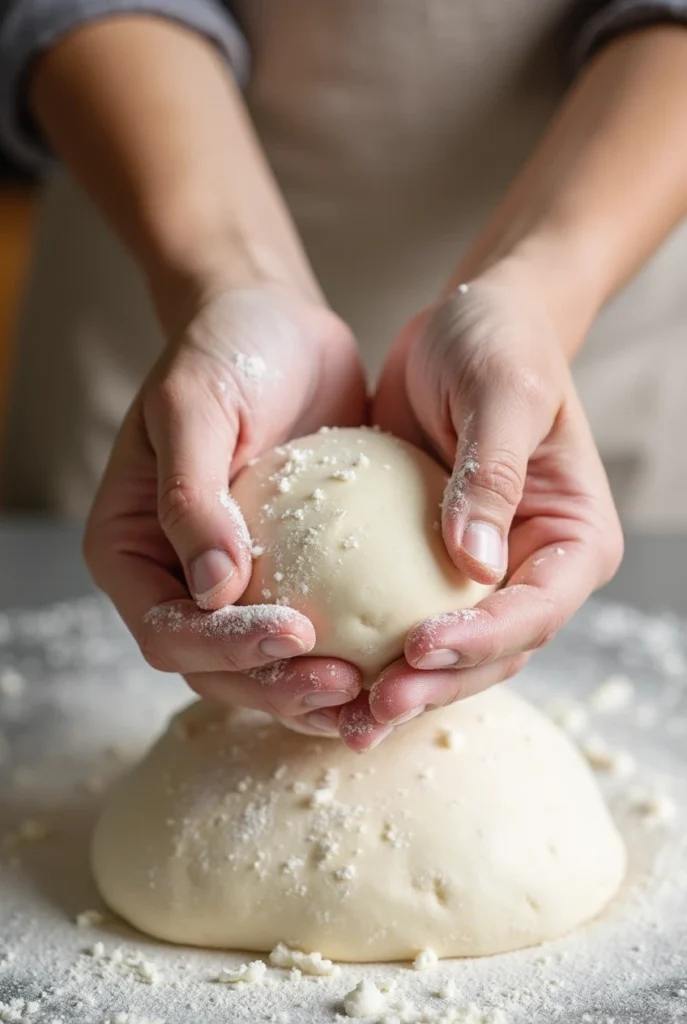
2. Absorption and Hydration – The Secret to Perfect Dough 💧
Another major difference between yeast bread and all-purpose flour is their ability to absorb water.
- Bread flour has a higher absorption rate because of its higher protein content. This means it can absorb more water, which is essential when making bread dough.
- When you add water to yeast bread, the dough becomes elastic and easier to shape. This gives you the perfect structure for rising.
If you’re using yeast bread, you’ll need to be mindful of how much water your dough needs. Since it absorbs more liquid than all-purpose flour, you may need to adjust the hydration level in your recipe to achieve the right consistency.
3. Texture and Resulting Bread – How They Affect Your Loaf 🍞
The texture of your baked goods is largely determined by the gluten in your flour. Because yeast bread has a higher protein content, it results in a chewy, airier, and more structured bread.
- Bread flour is perfect for making bread that has great texture and good volume. Think of bagels, pizza dough, or artisan loaves.
- All-purpose flour, with its lower protein content, is better suited for lighter baked goods like cakes, cookies, and muffins that need a tender and fluffy texture.
So, whether you want a flaky pastry or a chewy baguette, your choice of flour will determine the outcome.
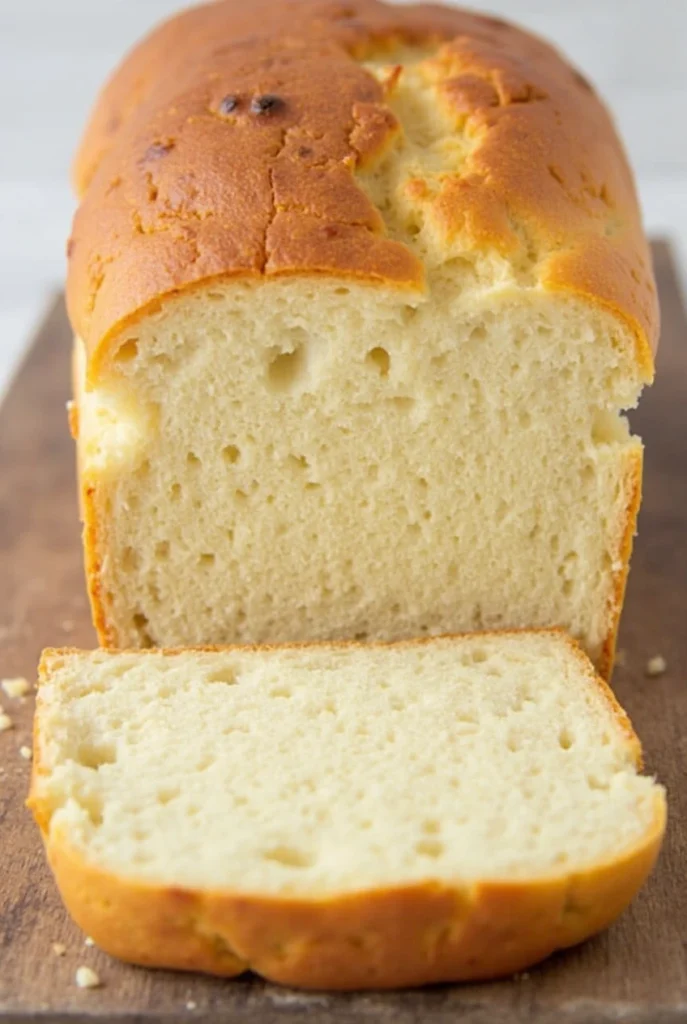
When to Use Bread Flour vs. All-Purpose Flour 🍞
Best Use Cases for Bread Flour 🍞
Bread flour is designed for bread-making. Use it in recipes where you need a chewy texture and strong gluten structure. Here’s when to choose yeast bread:
- Yeast Breads – yeast bread is perfect for making traditional breads like sourdough, whole wheat, baguettes, and focaccia.
- Pizza Dough – For a chewy, airy crust, yeast bread is the best choice.
- Bagels and Pretzels – These require a strong, chewy texture that yeast bread provides.
Best Use Cases for All-Purpose Flour 🍰
All-purpose flour is more versatile, making it a great option for everyday baking. Use it for:
- Cookies – All-purpose flour makes cookies light and chewy.
- Cakes and Muffins – For a soft and fluffy texture, all-purpose flour is ideal.
- Pie Crusts – For a tender, flaky crust, all-purpose flour is the way to go.
All-purpose flour can also be used in bread recipes that don’t require a chewy texture, but you might not get the same structure as when using yeast bread.
Substitution Guide – Can You Substitute One for the Other? 🤔
You may be asking yourself, “Can I substitute all-purpose flour for yeast bread?” or “Is it possible to make yeast bread at home?” Here’s a helpful substitution guide to assist you in making the right decision.
Substituting Bread Flour for All-Purpose Flour 🍞
If you’re out of all-purpose flour and want to use yeast bread, you can. That said, there are a few important factors to consider:
- Bread flour will give your dough a chewier texture, so it works great in yeast-based recipes.
- Since yeast bread absorbs more liquid, you may need to add a little extra water to your dough to achieve the right consistency.
Substituting All-Purpose Flour for Bread Flour 🍰
If you only have all-purpose flour on hand and want to make bread, here’s how to adjust:
- The chewiness and structure of your bread may suffer since all-purpose flour has less gluten.
- To compensate, you can add a bit of vital wheat gluten (about 1 tablespoon per cup of all-purpose flour). This will help boost the protein content and give your bread a better texture.
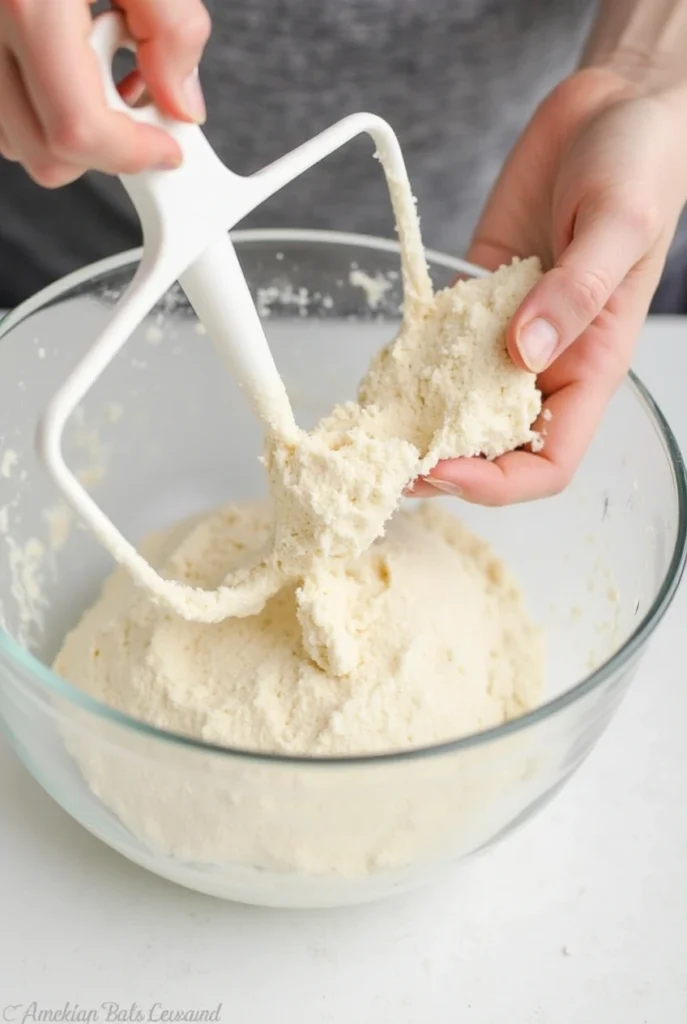
Nutritional Comparison – Which Flour is Healthier? 🍞
| Flour Type | Protein Content | Carbs | Fiber | Calories |
|---|---|---|---|---|
| Bread Flour | 12-14% | 95g | 3g | 400 kcal |
| All-Purpose Flour | 8-11% | 95g | 2g | 400 kcal |
- Key Insights:
- Both flours have a similar calorie count, but yeast bread has more protein and fiber, which might be beneficial for those looking to add more protein to their diet.
- If you’re making hearty bread with lots of protein, yeast bread might be the better option. For lighter cakes and pastries, all-purpose flour may be a more appropriate choice.
Tips for Perfect Baking with Bread Flour 🍞
- Tip 1: For perfect bread dough, make sure to knead your bread flour-based dough long enough to develop a strong gluten network.
- Tip 2: Use room temperature water when working withyeast bread to make sure your dough doesn’t become too tough or dry.
- Tip 3: If your bread dough is too sticky, you may need to add a bit more flour to balance the hydration.
- Tip 4: Let your dough rise properly before baking for the best texture and flavor.
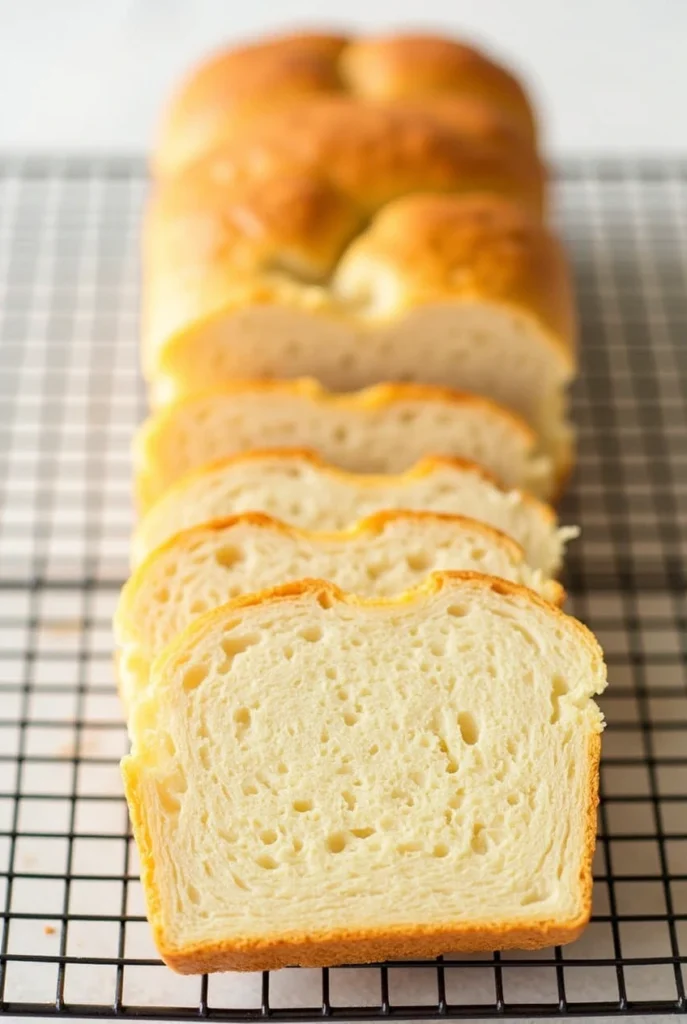
Conclusion – Which Flour Should You Use? 🤔
By now, you should have a solid understanding of the key differences between yeast bread and all-purpose flour. Here’s a quick summary:
- Bread flour is ideal for yeast-based recipes like breads, bagels, and pizza dough because of its higher protein content and ability to create strong gluten networks.
- All-purpose flour is more versatile and is perfect for lighter baked goods like cookies, cakes, and pastries.
Ultimately, the choice between these two types of flour depends on the recipe you’re baking and the texture you’re looking for. Now that you know which flour to use, you can bake with confidence and create amazing dishes every time!
FAQs About Bread Flour vs. All-Purpose Flour 🍞
Is it possible to substitute all-purpose flour for bread flour?
Yes, you can. However, the texture of your bread may not be as chewy, and you may need to add more water to compensate for the lower protein content.
What makes bread flour different from all-purpose flour?
The main difference is protein content. yeast bread has more protein, which helps form stronger gluten, resulting in a chewier texture for bread.
Can I add vital wheat gluten to all-purpose flour to make it more like bread flour?
Yes! Adding about 1 tablespoon of vital wheat gluten per cup of all-purpose flour will help increase its protein content, making it more suitable for bread.
Is bread flour higher in calories than all-purpose flour?
No, both flours have similar calorie counts, but bread flour has more protein, which makes it better for bread recipes.
Did You Try Our Recipe?
There are no reviews yet. Be the first one to write one.

